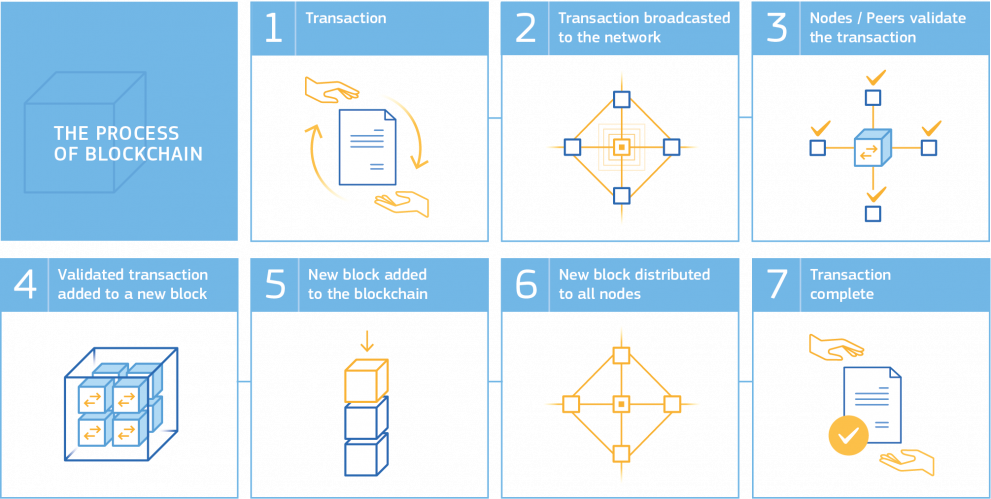Blockchain is a tamper-resistant and time-stamped database (ledger) operating through a distributed network of multiple nodes or users.
As such, it can validate transactions and update records in a synchronised, transparent and decentralised way.
Blockchain is based on a particular combination of key features:
- decentralisation,
- tamper-resistance,
- transparency, security and
- smart contracts.
But it is still at an early or emerging stage. Depending on the type of blockchain, challenges can include:
- scalability and performance,
- interoperability,
- integration with legacy systems,
- high energy consumption, and the
- protection of personal, sensitive and confidential data.

Download the report
Blockchain Now And Tomorrow - Assessing Multidimensional Impacts of Distributed Ledger Technologies
Related Content
Report: Blockchain Now And Tomorrow - Assessing Multidimensional Impacts of Distributed Ledger Technologies
Facts4EUFuture - a series of reports for the future of Europe
